Dangerous Asian Animals
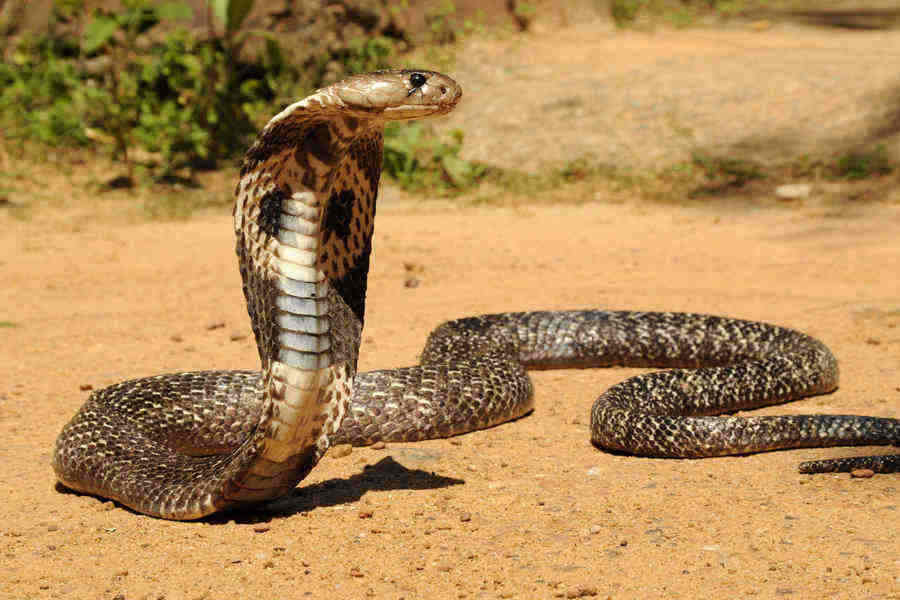
Animal: Indian (Asian) Cobra
Location: India, Pakistan, Nepal, & Bangladesh
Size: 4-8 feet long
Speed: 8-10 mph
Food Source: Frogs, lizards, mice, snakes, and other small animals.
Defense Tactics: Wear long pants & boots in areas where these powerful snakes may dwell. These snakes usually give fair warning
of when they are about to strike, so if you see them stand tall while raising their hood, slowly back away. If you do get bitten, do
your best to remain calm and keep the bitten part below your heart as to reduce blood circulation and keep the poison from spreading.
Cobra venom is extremely lethal so contact emergency help as fast as you can.
Fatalities: 15,000 per year

Animal: Bengal Tiger
Location: Eastern & Southern Asia
Size: 10-13 feet long, 500-700 lbs
Speed: 40 mph
Food Source: Antelope, buffalo, boars, leopards, pythons, sloths, crocodiles, and other animals
Defense Tactics: Don't wander the jungles alone in India or Bangladesh, and be sure to carry a firearm for self-defense.
Tigers are just too aggressive and too strong to succesfully escape an attack, which are almost always fatal.
Fatalities: 5-15 per year

Animal: Asiatic Lion
Location: India & Pakistan
Size: 250-400 lbs
Speed: 40 mph
Food Source: Wild pigs, cattle, antelope, & deer
Defense Tactics: Since people are slower, weaker, less agile, and smaller, it makes things difficult to defend yourself against a
lion. If you do encounter one, hopefully you have a gun with you to scare it off, or a big knife you can use to stick in it should it
decide to pounce on you. Other than that, hopefully you have some spare meat you can feed him, because he won't be leaving you on an empty stomach.
Fatalities: 5-10 per year
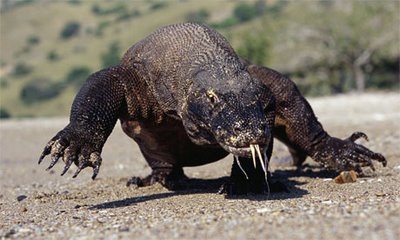
Animal: Komodo Dragon
Location: Indonesia
Size: 6-10 feet long, 150-250 lbs
Speed: 13 mph
Food Source: Carrion, birds, snakes, & small mammals
Defense Tactics: Komodo Dragons aren't really known for attacking humans, but that doesn't mean they
don't bite. They are equipped with a type of venom that can cause blood clots and their mouthes are swarming
with dangerous bacteria, which can cause severe infection and lead to amputation if not treated in a timely manner.
Fatalities: Few
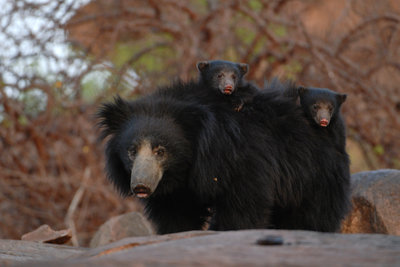
Animal: Sloth Bear
Location: India
Size: 300-450 lbs
Speed: 25 mph
Food Source: Termites, fruits, plants, honey, & sugarcane.
Defense Tactics: While sloth bears may appear slow and clumsy, don't be fooled by their name. They can run faster than humans
and they are excellent climbers. They usually don't feed on mammals, but if you invade their territory or threaten one of their cubs,
you will probably be dealing with an angry mama bear. If that's the case, then defend yourself the same way you would against a black bear.
Fatalities: 5-10 per year
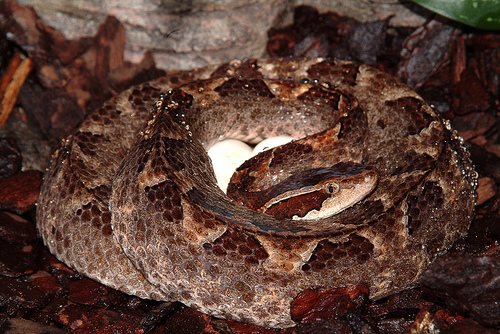
Animal: Malayan Pit Viper
Location: Thailand, Malaysia, & Southern parts of Asia
Size: 3 feet long
Speed: 7 mph
Food Source: Frogs, lizards, mice, and other small animals.
Defense Tactics: Known for their aggression & short tempers, pit vipers are renown for being sedentary, so
avoid places where they are suspected to be because they don't really like to move around and will attack if disturbed.
Fatalities: 5-15 per year
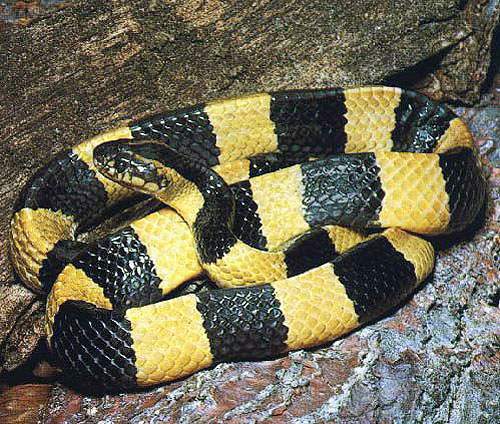
Animal: Yellow Krait
Location: South-East Asia
Size: 4-7 feet long
Speed: 6 mph
Food Source: Snakes(even their own kind), frogs, mice, and small lizards
Defense Tactics: Since many of the attacks from kraits take place at night while their victims sleep, be sure
to sleep on a raised service and with nothing that would attract a cold-blooded snake, such as a campfire.
Fatalities: 5-10 per year

Animal: Spitting Cobra
Location: Southern Asia & parts of Africa
Size: 3-5 feet long
Speed: 7 mph
Food Source: Birds, eggs, mice, lizards, other snakes, and small critters
Defense Tactics: Cover your eyes when you encounter a spitting cobra because these snakes can shoot a poison-like substance a distance of 10 feet, which
can cause blindness. Don't make them mad keep a good distance because their poison is lethal as well.
Fatalities: 5-10

Animal: Reticulated Python
Location: Throughout Asia mostly in jungles
Size: 10-23 feet long
Speed: 1-3 mph
Food Source: Birds, rats, primates, pigs, chickens, & smaller pets
Defense Tactics: You should be able to easily outrun a reticulated python, the longest snake in the world; the trick is to keep a good distance and not allow the giant beast to wrap itself around your
body, even if this means pulling our your pocket knife and stabbing it in the eye. Once he has you wrapped up, there is little to no chance for escape because they are just too big
and too strong.
Fatalities: 3-5 per year

Animal: Gharial
Location: India, Nepal, Bangladesh, & Pakistan
Size: 15-23 feet long
Speed: 15 mph
Food Source: Fish, frogs, & crustaceans
Defense Tactics: While gharials may not be a deadly threat against humans, they still have some razor-sharp teeth that are more than
capable of biting off fingers and toes, as well as leave a nasty scar. Avoid murky water where gharials are believed to reside.
Fatalities: None
comments powered by DisqusLearn about the dangerous Australian animals
